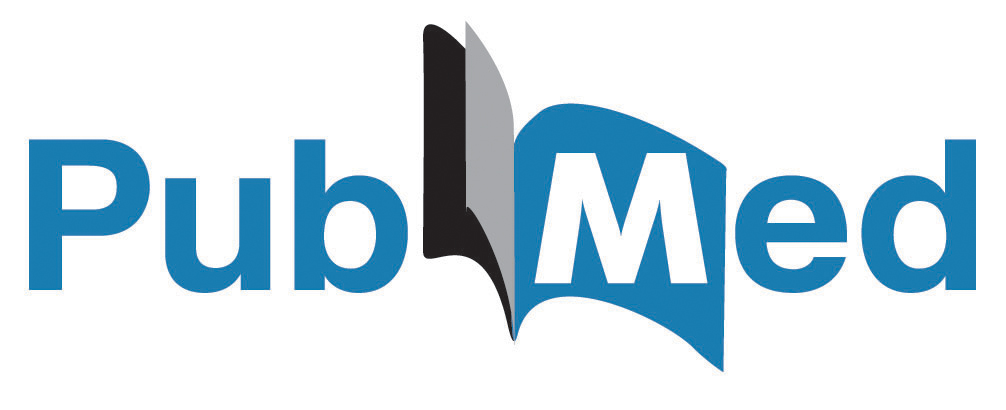Author(s): Alok Reddy Jakkula
As Artificial Intelligence (AI) continues to permeate various industries and domains, the need for user-friendly AI technical tools has become increasingly crucial. These tools, which leverage the power of AI to enhance productivity, efficiency, and decision-making, must be designed with the end-user in mind. This research paper aims to explore the key considerations and strategies for developing user-friendly AI technical tools that can empower users, foster innovation, and drive positive societal impact.
The rapid advancements in AI technology have led to the proliferation of complex and often intimidating technical tools. While these tools offer powerful capabilities, they can be challenging for many users to navigate, particularly those who are not tech-savvy or lack the necessary expertise. This can result in frustration, decreased productivity, and a reluctance to adopt new AI-powered solutions. Addressing this challenge requires a deep understanding of user needs, preferences, and pain points, as well as a commitment to designing AI tools that prioritize usability, accessibility, and ethical considerations.
Developing user-friendly AI technical tools involves a multifaceted approach that encompasses several key elements:
Placing the user at the center of the design process is crucial. This involves conducting thorough user research, understanding their goals, pain points, and preferences, and incorporating this knowledge into the tool's design and functionality. Designers should also consider the diverse backgrounds and skill levels of the target users.
The user interface should be intuitive, with a clean and organized layout, clear navigation, and intuitive controls. This can be achieved through the use of visual cues, contextual help, and a logical flow of information. The interface should also be adaptable to the user's preferences and needs.
Ensuring that the AI technical tool is accessible to users with diverse abilities, including those with physical, cognitive, or sensory impairments, is essential. This may involve incorporating features such as screen readers, keyboard navigation, and customizable settings. Additionally, the tool should be designed to be inclusive, catering to users from different cultural and linguistic backgrounds.
AI-powered tools can often be perceived as "black boxes," making it difficult for users to understand the decision-making process. Developing AI technical tools that are transparent and explainable can help build trust and empower users to make informed decisions.
The development of AI technical tools must be guided by ethical principles, such as fairness, accountability, and privacy. Designers should ensure that the tool does not perpetuate biases or discriminate against certain user groups, and that it respects user privacy and data rights.
Integrating the AI technical tool with existing workflows and systems can greatly enhance its usability. This can involve seamless data transfer, compatibility with common software and platforms, and the ability to automate repetitive tasks, reducing the cognitive load on the user.
Continuously gathering user feedback and iterating on the tool's design and functionality is crucial for maintaining its relevance and effectiveness. This can involve regular user testing, surveys, and incorporating user suggestions into future updates.
User-friendly AI technical tools have a wide range of applications and can have a significant impact on various industries and sectors.
The impact of user-friendly AI technical tools can be far-reaching, contributing to increased productivity, improved user satisfaction, and the fostering of innovation and technological advancement.
The scope of this research paper encompasses the key principles and strategies for developing user-friendly AI technical tools, with a focus on the design, integration, and ongoing improvement of these tools. As AI technology continues to evolve, the field of user-friendly AI technical tools will likely expand, incorporating emerging technologies such as natural language processing, computer vision, and reinforcement learning.
Future research directions include exploring the impact of user- friendly AI tools on specific industries, investigating the role of user psychology and cognitive science in tool design, and examining the ethical considerations surrounding the development of inclusive and accountable AI solutions. Additionally, research may focus on the integration of AI with other emerging technologies, such as the Internet of Things (IoT) and virtual/augmented reality, to create even more seamless and immersive user experiences.
In conclusion, the development of user-friendly AI technical tools is a critical imperative in the modern digital landscape. By prioritizing user needs, designing intuitive interfaces, and fostering ongoing feedback and iteration, organizations can create AI- powered tools that empower users, enhance productivity, and drive innovation. As AI continues to shape our lives, the importance of user-centric design and ethical considerations will only grow, making this a crucial area of research and development.
